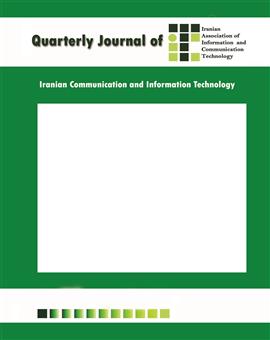بررسی تاثیر استفاده از انواع استراتژی¬های بازاریابی در شبکههای اجتماعی بر جلب اعتماد مشتریان شورایی
الموضوعات : جنرال لواءفرزانه میلانی 1 , سیدجعفر زنوزی 2
1 - مدیریت بازرگانی- بازاریابی دانشکده اقتصاد و مدیریت، دانشگاه ارومیه، ایران
2 - گروه مدیریت بازرگانی دانشکده اقتصاد و مدیریت، دانشگاه ارومیه، ایران
الکلمات المفتاحية: استراتژیهای بازاریابی, شبکههای اجتماعی, اعتماد مشتریان,
ملخص المقالة :
هدف از پژوهش حاضر، بررسي تاثير استفاده از انواع استراتژیهای بازاریابی در شبکههای اجتماعی بر جلب اعتماد مشتریان میباشد. جامعه آماری این پژوهش شامل تمامی کاربران ایرانی عضو سایتهای شبکههای اجتماعی است که تحت تاثیر تبلیغات شرکتها قرار میگیرند. حجم نمونه آماری نیز با روش نمونهگیری گلوله برفی 446 نفر است. روش پژوهش، توصیفی پیمایشی بوده و ابزار گردآوری دادهها پرسشنامه میباشد. برای آزمون فرضیههای پژوهش از روش حداقل مربعات جزئی (PLS) و نرم افزار SmartPLS 3 استفاده شده است. نتایج بدست آمده نشان میدهد که هر چهار متغیر، استراتژیهای بازاریابی مبادلهای، رابطهای، پایگاه داده و مبتنی بر دانش در شبکههای اجتماعی تاثیر معنیداری بر جلب اعتماد مشتریان دارند.


